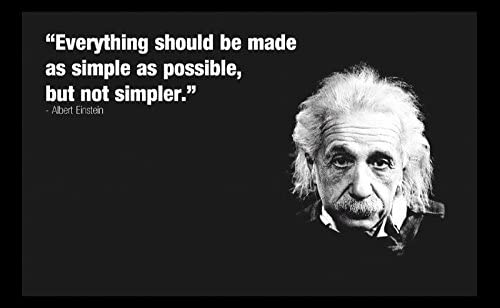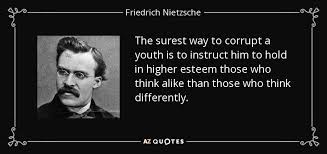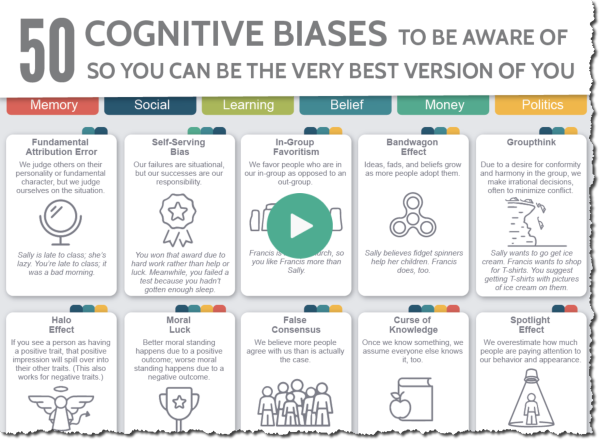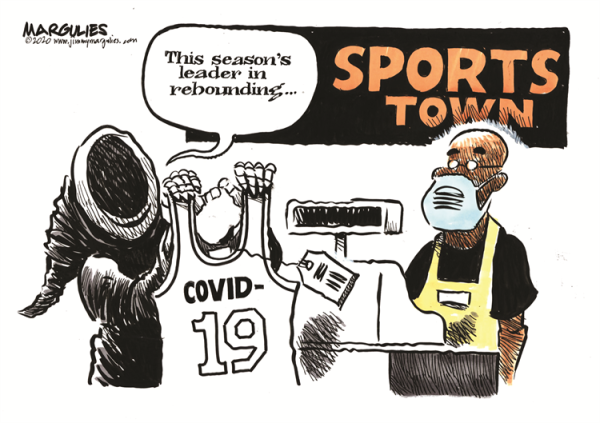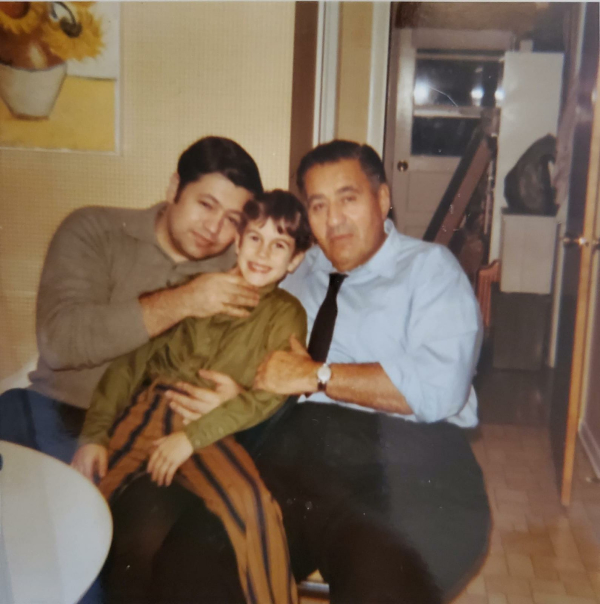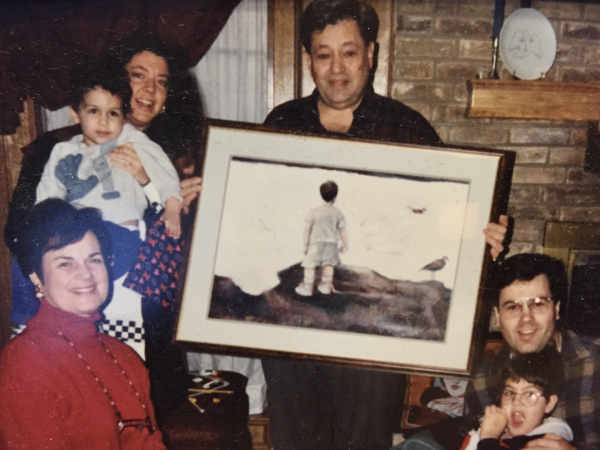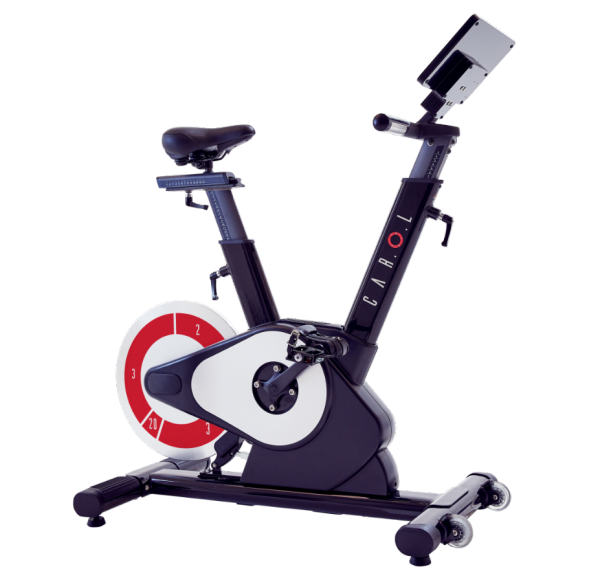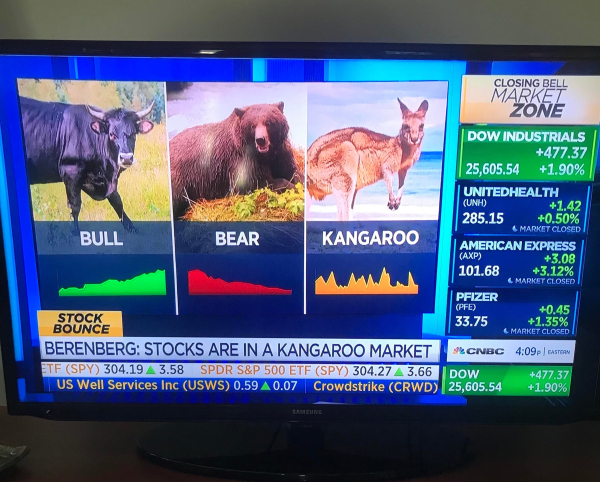Jeff Bezos is officially worth ~$172 Billion dollars; more than he was worth before his divorce.
Everyone on earth is closer to being a millionaire than he is. Think about that. He has so much more than $1 million dollars that the homeless person willing to work for food is closer to being merely a millionaire than Bezos. The med school graduate with $100K+ in debt? Closer to being a millionaire than Bezos. Obvious at one level … but crazy to think about on another level, right?
Humans are notoriously bad at large numbers, so it's hard to wrap our minds around something of that scale.
I've recently seen a couple of good visualizations of the difference between a million and a billion dollars.
If you have an hour to "waste," this comprehensive video by Tom Scott shares a couple of different ways to look at it, and he literally goes on a road trip to show the difference.
via Tom Scott
One good example from the video is "It would take almost 12 days for a million seconds to elapse and 31.7 years for a billion seconds." A billion seconds from today would be 1988.
Another:
1 dollar
- 0.0043 inches or 0.00010922 meters (thickness)
1B dollars
- 1B x 0.0043 inches → 4.3M inches → 68 miles
- 1B x 0.00010922 meters → 109K meters → 109 kilometers
Now multiply that by 172.
In distance, Bezos's net worth is a hair under half the equatorial circumference of the Earth.
Here's a link to specifically understanding Bezos's net worth – https://mkorostoff.github.io/1-pixel-wealth. If you were to spend a dollar every second for an entire day, you would spend $86,400 per day. If you have a million dollars, you can do that for approximately twelve days. With a billion dollars, you can do that for over 31 years. Ignoring the difference between net worth and cash, Jeff Bezos could spend over $9M per day for over 31 years.
Lastly, here's a shorter video visualizing the $10 Trillion in economic stimulus the U.S. government has been undertaking.
via Demonocracy
Even with these depictions, it's hard to understand. We're wired to think locally and linearly, not exponentially (it's one of the reasons I love AI so much).
Hope this was helpful!

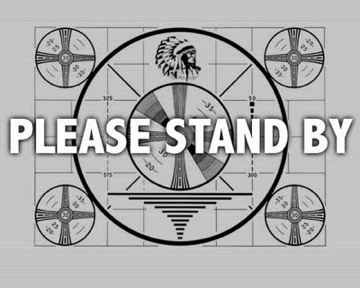
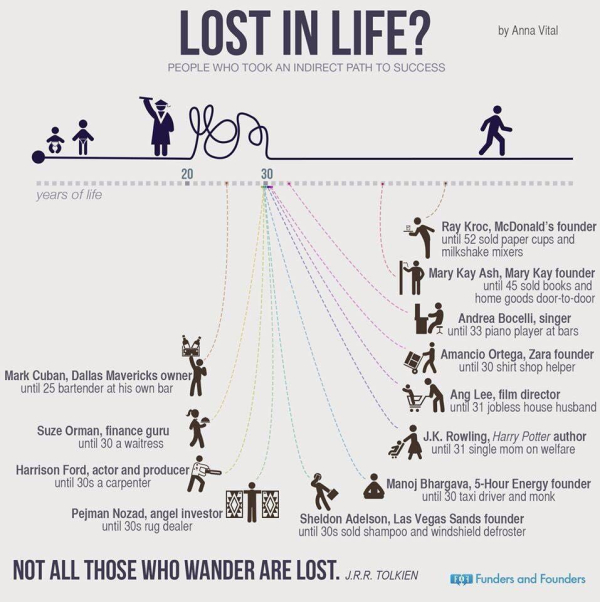 Anna Vital via
Anna Vital via 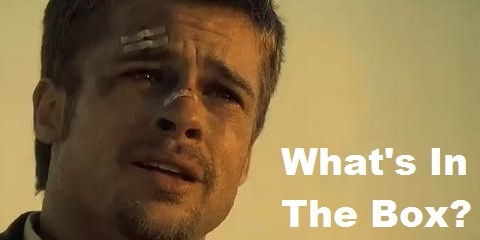 via
via 